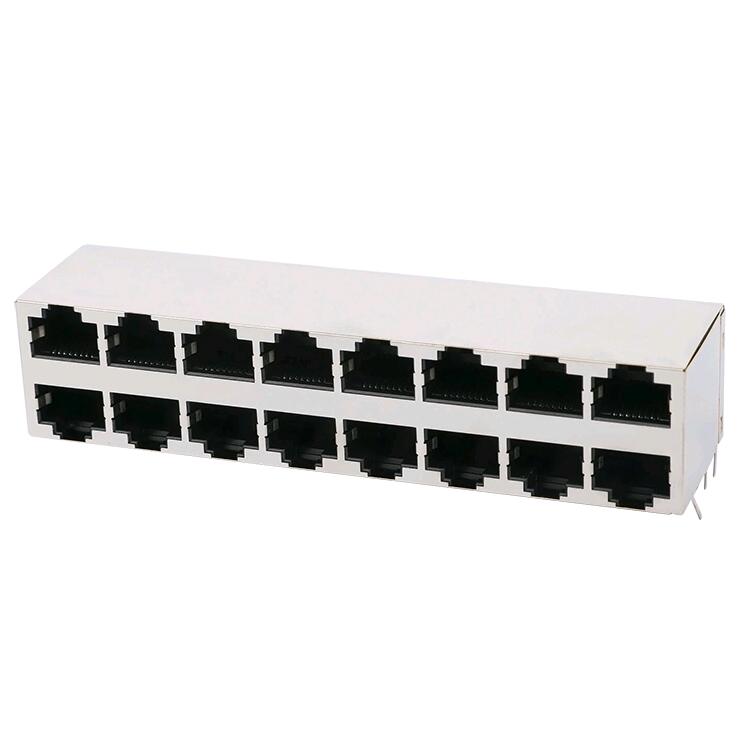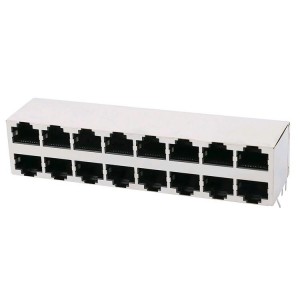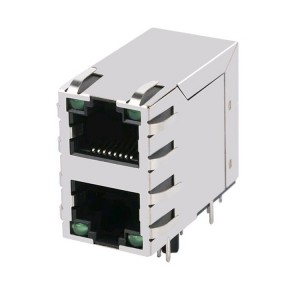10021246-218LF Modular Jack Ethernet Connector Without LED 2×8 Port RJ45
10021246-218LF Modular Jack Ethernet Connector Without LED 2×8 Port RJ45
| Categories | Connectors, Interconnects |
| Modular Connectors - Jacks | |
| Application-LAN | ETHERNET(NoN POE) |
| Connector Type | RJ45 |
| Number of Positions/Contacts | 8p8c |
| Number of Ports | 2×8 |
| Applications Speed | RJ45 Without Magnetics |
| Mounting Type | Through Hole |
| Orientation | 90° Angle (Right) |
| Termination | Solder |
| Height Above Board | 27.31 mm |
| LED Color | Without LED |
| Shielding | Shielded |
| Features | Board Guide |
| Tab Direction | UP & Down |
| Contact Material | Phosphor Bronze |
| Packaging | Tray |
| Operating Temperature | -40°C ~ 85°C |
| Contact Material Plating Thickness | Gold 6.00µin/15.00µin/30.00µin/50.00µin |
| Shield Material | Brass |
| Housing Material | Thermoplastic |
| RoHS Compliant | YES-RoHS-5 WIth Lead in Solder Exemption |
Connector function application: electric power application
Generally used are the following two power transmission methods: dedicated to high-level simultaneous power contact transmission and parallel polygonal signal contact. Each of them has advantages and disadvantages.
There are two differences between power transmission and signal transmission. It is also obvious that it is used to deliver higher currents. The current transmitted by the signal generally does not exceed 1 ampere, and does not exceed a few amperes in many cases, and the current transmitted by the power can reach tens or even hundreds of amperes. The point is the increase in temperature due to Joule heating caused by the current. The Joule heat generated during the signal contact process is similar to the surrounding temperature. On the contrary, the ratio of power transmission is based on the increase in temperature, and the increase in temperature generates a corresponding ratio current. A temperature increase of 30 degrees is generally used as a current ratio specification.
Therefore, in order to satisfy the current rating and the stability requirements of the function, it is necessary to control the Joule heat. This requires consideration of the signal transmission in the planning and the power transmission as well. Especially for terminals with large resistance, Joule heat is a primary factor, and it is necessary to reduce it to a low level, and the resistance of the contact surface must also be reduced to a low level to minimize the amount of heat generated. From the perspective of material selection, of course, select terminals with high conductivity or larger cross-sectional area to reduce resistance. In addition, increasing the transmission voltage or increasing the contact area can also reduce the resistance of some contacts.








